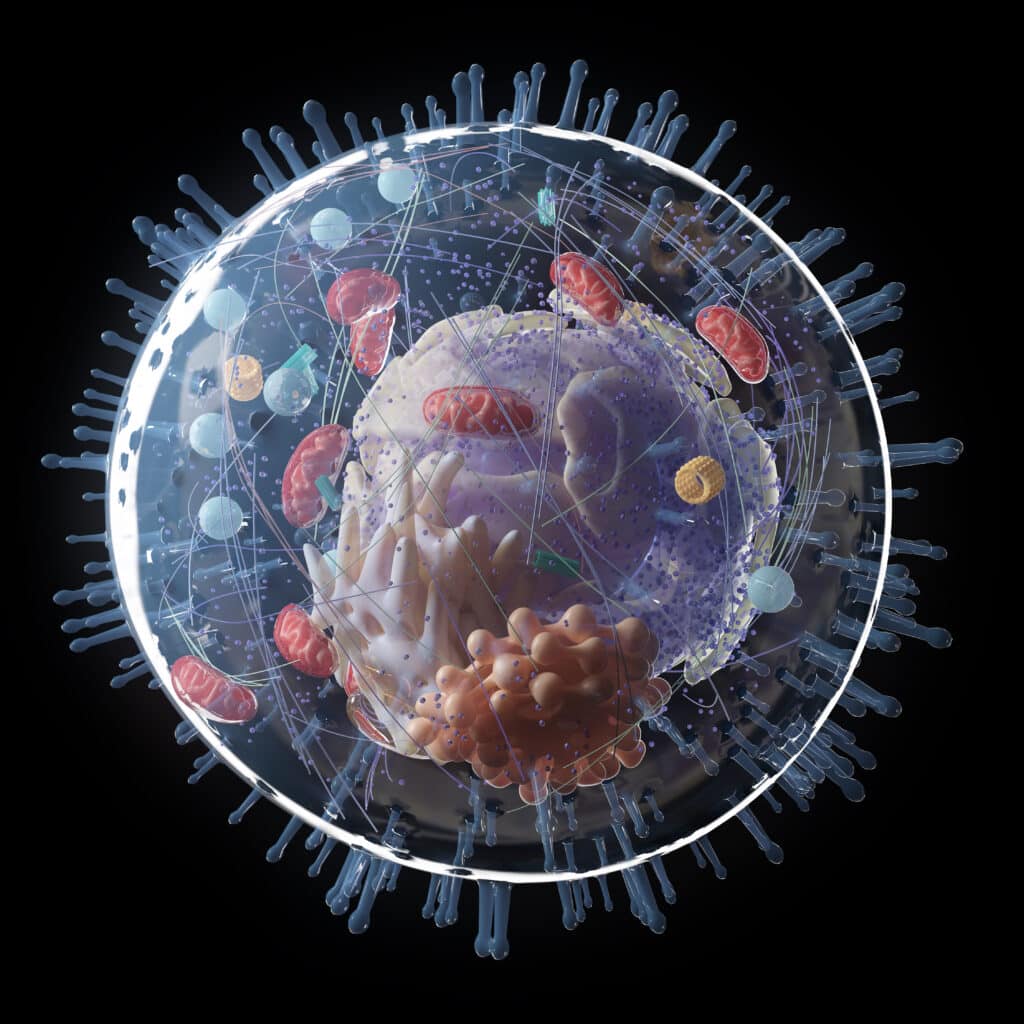The pshysiological mechanisms of which SANA Hypoxic Therapy exert actions within the body are numerous
There are however two main modes of action:
The results will depend on your biology and the program selected. On average, our clients seeking improved energy and vitality experience a subjective increase in energy of op tu 40% after 6 weeks and 4-6 sessions and improved quality of life of 20-25% using validated questionnaires. Based on in-house tests and feedback from athletes and professional sports teams, fitness levels are shown to improve in both anaerobic and aerobic performance zones with improvements generally varying from 5-15%. Highest improvements are found in the individualized programs regardless of whether you are professional or a recreational weekend-hero.


It is important to realize that most of the energy used by our cells is not delivered to the cell through the bloodstream. Instead, it is produced locally in each cell using fuel (such as glucose) and oxygen. Some cells are specialized in producing large amounts of energy (e.g., muscle), while others produce very little (e.g., in tendons and in cartilage). Energy can also be produced without sufficient oxygen (anaerobic), but this leads to a surplus of lactate. Lactate (or the accompanying decay in acidity) can hurt the body.
Mitochondria are the powerhouses and energy factories of the cells, but also control many other important tasks in the cell. Hence, well-functioning mitochondria are crucial for well-functioning cells. Mitochondria are a special kind of organelle (cell organ) because it has its own DNA (coding material). When stimulated by low oxygen, cells can respond by building more energy factories or having them hire more “people”, so they can produce more energy with the available oxygen. They can also move the factories closer to the supply of oxygen, which means closer to the surface of the cells.
Mitochondria are not just static, bean-shaped organelles present in the cell. Similar to the “lava lamps”, that were very popular years ago, they undergo fusion and fission to optimize their performance. This process is stimulated by hypoxia.
In 2019, the Nobel Prize in Medicine was awarded the discovery of Hypoxia-Inducible Factors (HIFs) and their role in health and disease. There are three types of HIF. HIF-1 is can generally be considered the most important subtype. It consists of two units: alpha and beta. To exert its effects, alpha and beta subunits must be present and in close contact. The beta unit is constitutively expressed, meaning it is present in the cell at all times. The alpha unit on the other hand is only present (it is said to be stabilized) in the absence of oxygen – i.e., in hypoxia. If oxygen is present, the alpha unit is degraded and the beta unit has no one to hold hands with. During hypoxia, the alpha and beta unit merge and travel into the cell nucleus (where the DNA is). Here it initiates the transcription of genes (to mRNA) that will be converted into proteins. These proteins are numerous and many of them are involved in repairing and building the body.
If you run regularly, chances are you will become a faster and better runner. This is explained by the concept named hormesis. Most people know, that running too little or simply walking will do very little for your speed and cardiovascular fitness. On the other hand, starting out by running marathons from day one of your fitness journey will cause tremendous fatigue accompanied by a long recovery. Hormesis is a term for the phenomenon, that biological challenges and stressors can develop our bodies in a positive direction. A universally accepted everyday example of hormesis is physical exercise. If you go to your local gym and lift weights, evolution has ensured that your muscle (regardless of the initial soreness) will respond with a series of molecular events finetuned to increase the strength of your muscles.
A similar scenario arises if you limit the supply of something the body needs (oxygen is a great example for that), it responds by improving all the systems needed to improve oxygen uptake for the future. Since oxygen is involved directly or indirectly in almost all processes, the effect of stimulating the body with low oxygen is incredibly effective.
Running, cycling or other forms of exercise have many benefits for body and mind, many more than we can count or explain scientifically. We do know, that the positive effects of exercise are primarily isolated to the muscles and cardiovascular system.

SANA Hypoxic Therapy has the advantage of affecting virtually all organs and systems in the body – including the brain and nerves, the gastrointestinal system, the hormonal systems, the immune system and of course also your muscles and cardiovascular system. While there are many ways to stress the body, such as cold water immersion, intermittent fasting and more, oxygen is so fundamental for survival, that even small changes in oxygen can have a great effect. That is why we believe that the SANA approach is perhaps the most powerful way to biologically ensure personal optimization.
If you have a question, please do not hesitate to contact our team.
© 2024 Sana Performance – Designed by Aveo web&marketing